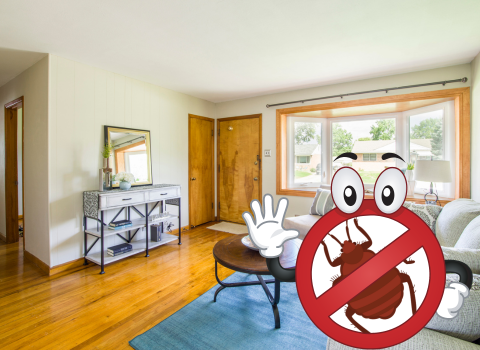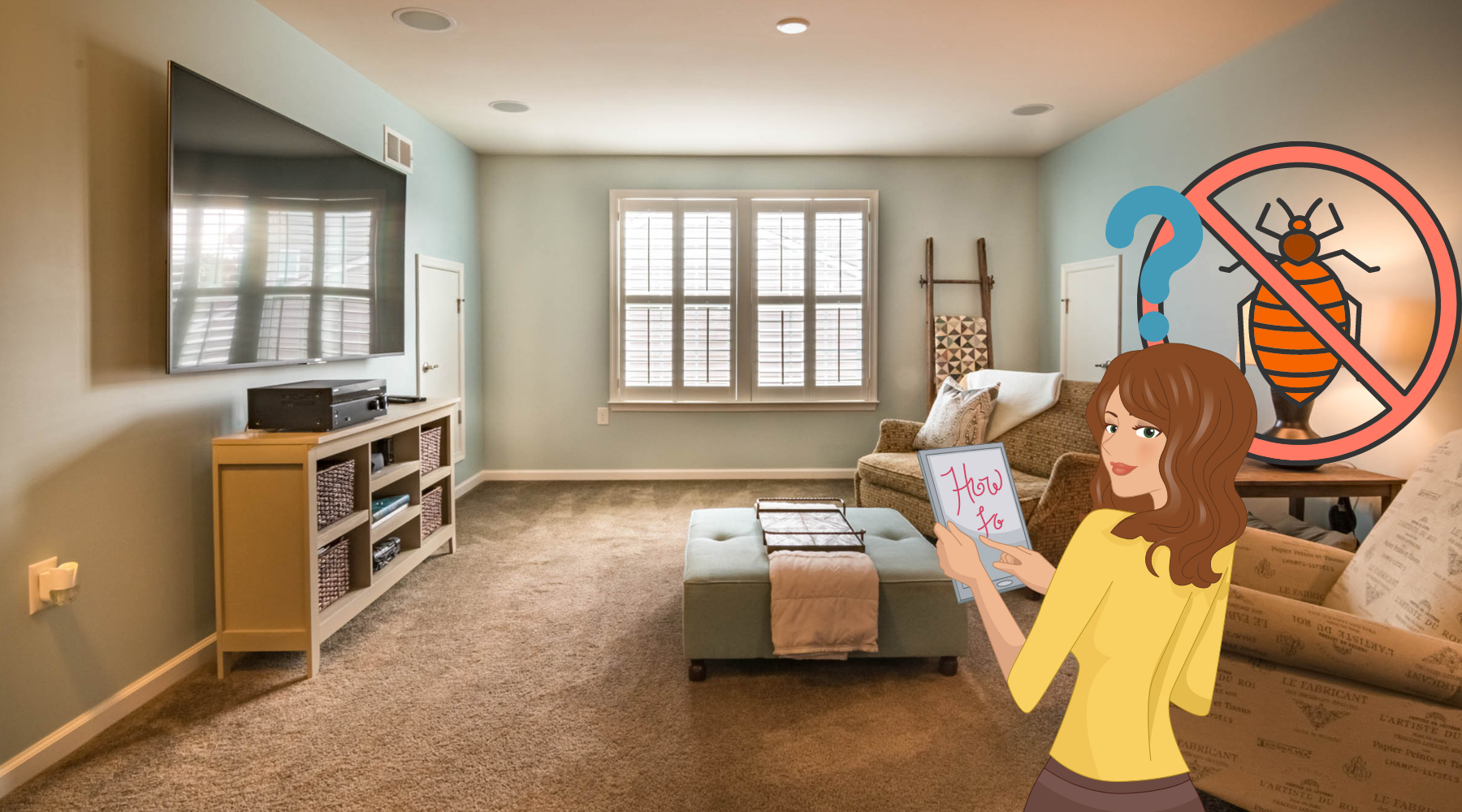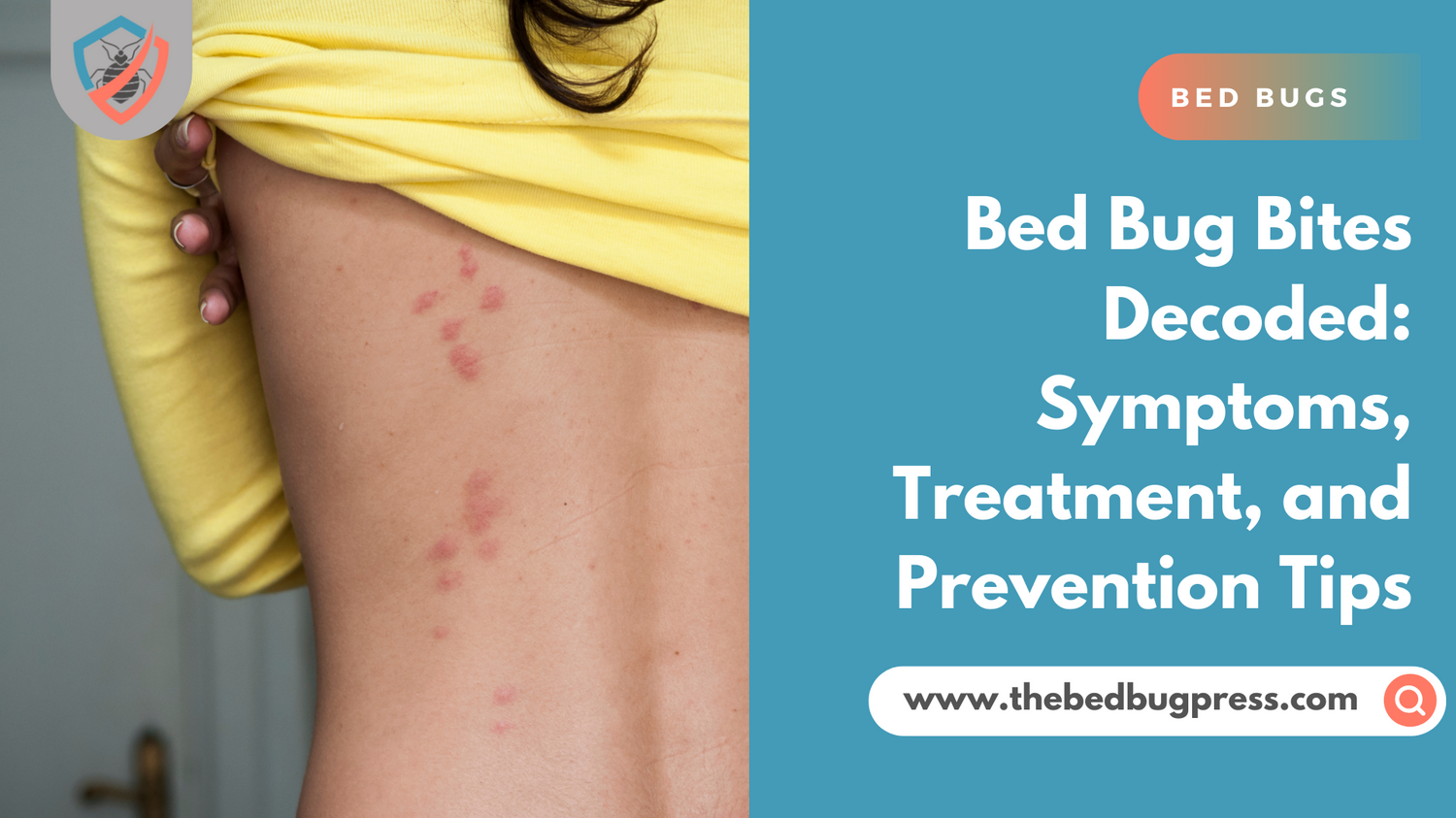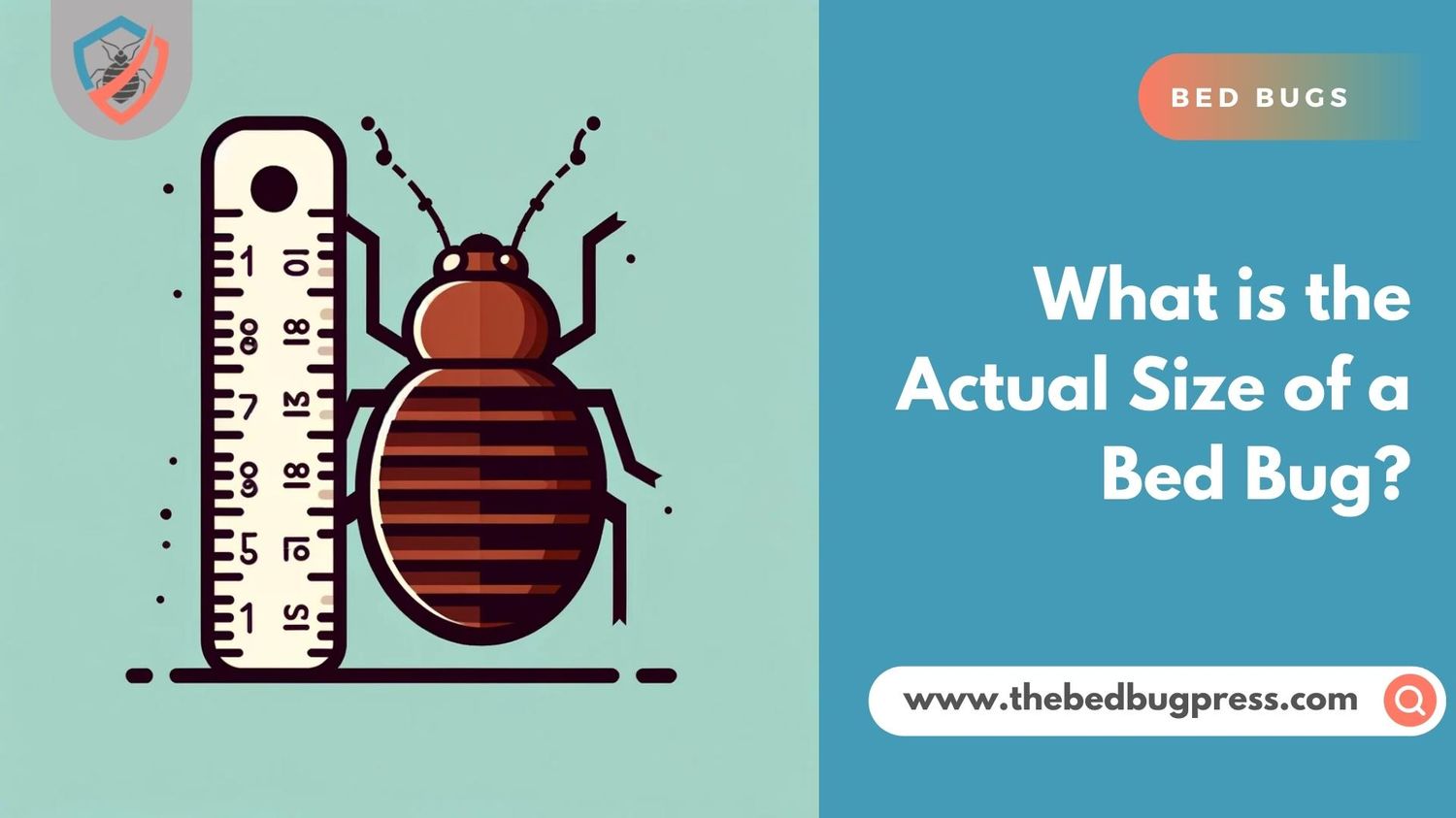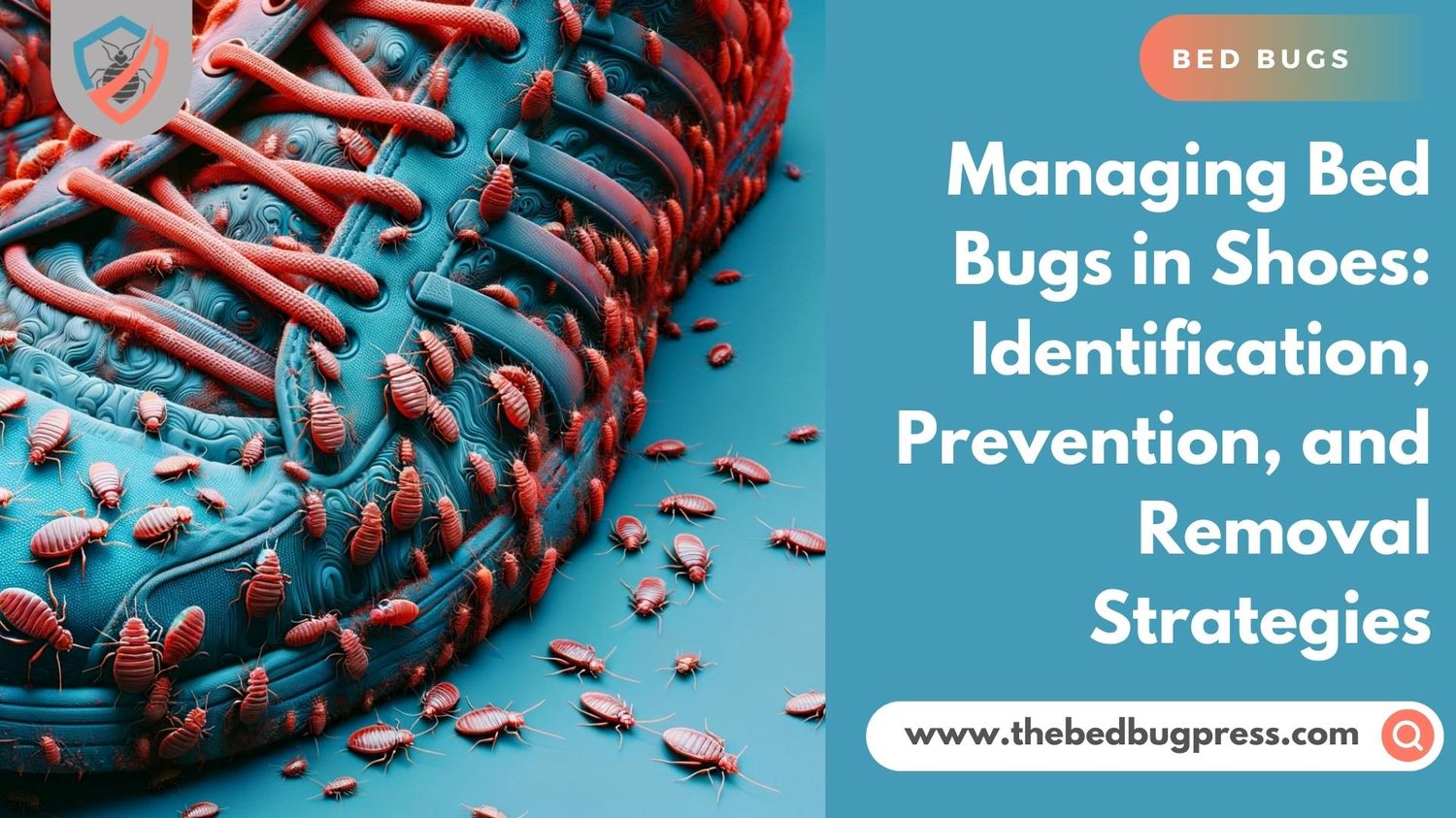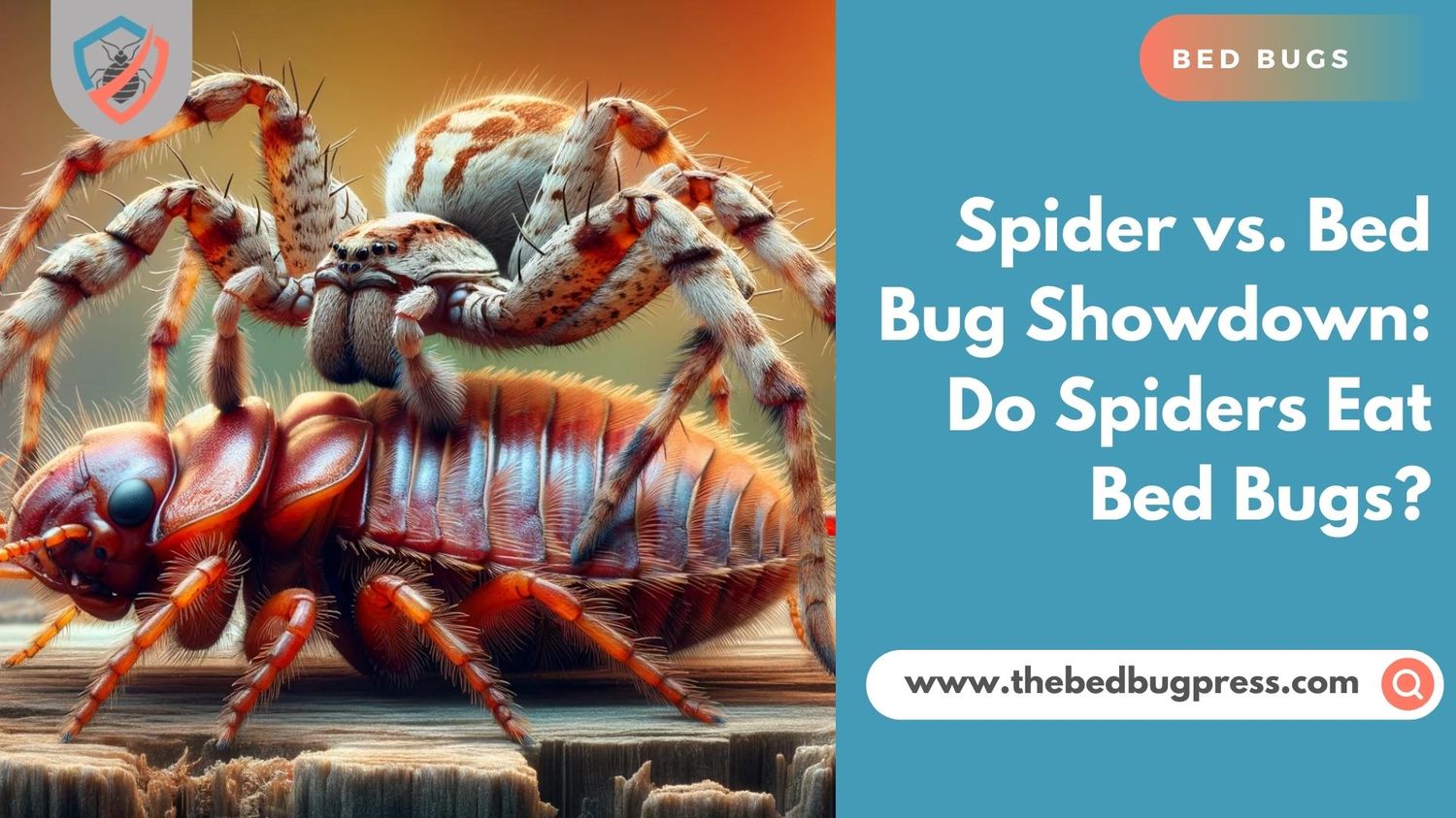Imagine finally getting rid of those pesky bed bugs, only to have them come crawling back into your life. It’s a nightmare scenario that no one wants to experience. But fear not! In this article, we will reveal the secrets to preventing bed bugs from making a comeback in your home.
From proactive measures to smart strategies, we’ve got you covered. Say goodbye to sleepless nights and say hello to a bed-bug-free existence. Let’s dive in and keep those unwelcome critters at bay once and for all!
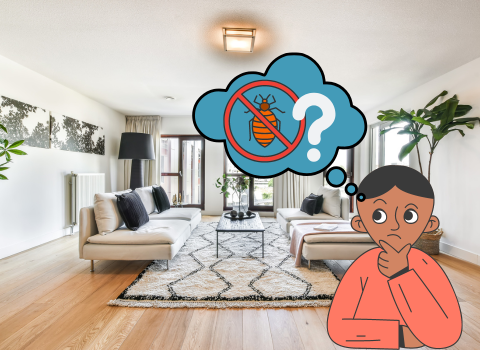
Why Do Bed Bugs Come Back? Cracking the Mystery of Bed Bug Recurrence
Have you ever wondered why adult bed bugs keep coming back, even after you thought you had gotten rid of them? It’s a frustrating and perplexing issue that many people face.
By understanding the reasons behind their persistence, we can better equip ourselves to treating bed bugs head-on.
Resilient Survival Tactics:
Bed bugs possess incredible survival skills that enable them to withstand adverse conditions and bounce back from extermination attempts.
Hiding and Reproduction:
Bed bugs are masters of hiding, making it challenging to completely kill bed bugs. Additionally, their rapid reproduction rate contributes to their ability to return.
Incomplete Bed Bug Treatment:
One of the primary reasons for bed bug recurrence is incomplete or inadequate bed bug treatment. If even a few adult bed bugs or eggs are left behind, they can quickly multiply and reinfest your home.
Travel and Infestation Sources:
Bed bugs are excellent hitchhikers and can easily infest new areas through human travel or the introduction of infested items. You’ll be surprised by how travel and bed bug infestation sources play a role in bed bug resurgence.
Lack of Preventive Measures:
Without proactive prevention strategies, the risk of bed bug infestations remains high. Implementing the use of preventive measures helps break the cycle of recurring bed bug problems.
By understanding the factors that contribute to bed bug recurrence, you are better equipped to combat these persistent pests. Remember, a comprehensive approach to bed bug treatment, coupled with preventive measures, is key to keeping bed bugs at bay. With this knowledge in hand, you can crack the mystery of bed bug recurrence and reclaim a bed bug-free environment.
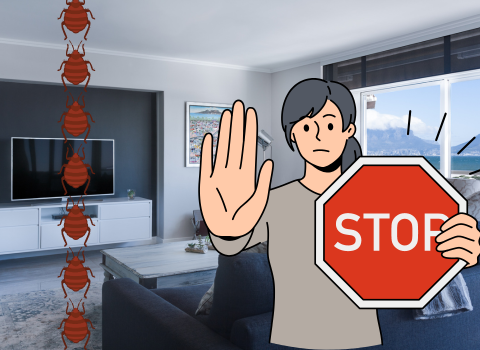
Simple Guide to Bed Bug Prevention
Bed bugs can quickly turn your peaceful haven into a nightmare. Prevention is the key to keeping these unwanted guests at bay. In this simple guide, we’ll provide you with practical tips and strategies to effectively prevent bed bugs from invading your home. By following these steps, you can create a bed bug-free environment and enjoy a restful sleep.
Regular Inspection:
Perform regular inspections of your bedding, furniture, and surrounding areas. Look out for signs of bed bugs such as small reddish-brown stains, tiny eggs, or shed skin.
Create a Bed Bug-Proof Enclosure:
Encase your mattresses and box springs with special bedbug-proof covers. These covers prevent bed bugs from entering or escaping from your bed, limiting their hiding spots.
Practice Smart Travel Habits:
When staying in hotels or traveling, inspect the room for signs of both adult bed bugs, nymphs, and eggs before settling in. Keep your luggage off the floor and use luggage racks or elevated surfaces instead.
Minimize Clutter:
Declutter your living space to minimize potential hiding spots for bed bugs. Remove unnecessary items and regularly vacuum and clean your home, paying attention to cracks and crevices.
Be Cautious with Secondhand Items:
Before bringing secondhand furniture, mattresses, or clothing into your home, thoroughly inspect them for any signs of bed bugs. Treat and clean these items appropriately before use.
Launder with Heat:
Wash and dry your bedding, linens, and clothing using high-heat settings. Bed bugs cannot survive extreme temperatures, so this helps eliminate any potential hitchhikers.
Be Wary of Shared Spaces:
In public places such as laundromats, dormitories, or communal living spaces, exercise caution. Avoid placing your belongings directly on shared surfaces and use caution when using common furniture.
Preventing bed bugs from invading your home requires vigilance and a proactive approach. Remember, early detection and consistent maintenance are key to keeping these pesky pests away. Sleep tight and worry-free knowing that you’ve taken the necessary steps to protect your home from bed bugs.

The Resurgence of Bed Bugs After a Year: Is That Possible?
Bed bugs are notorious for their ability to make an unwelcome comeback. However, many wonder if these resilient pests can resurface after a year of being bed bug-free.
With this, let’s explore the truth behind the resurgence of bed bugs and shed light on the factors that may contribute to their reappearance.
Bed Bugs’ Ability to Survive:
Bed bugs have remarkable survival skills, allowing them to endure adverse conditions for extended periods. Bed bugs can remain hidden, survive without feeding, and withstand various environmental factors. So, the possibility of re-infestation is always there, even after a year of getting them eradicated.
Undetected Infestations:
Bed bugs are experts at hiding, making it possible for a small infestation to go unnoticed for an extended period. Remember that an undetected infestation can lead to a resurgence even after a significant amount of time.
Reintroduction through Travel:
Bed bugs are notorious hitchhikers, often hitching rides on luggage, clothing, or other personal belongings during travel. Reintroduction can be done through travel which can result in bed bug reinfestation after being bed bug-free for a year. Keep in mind that a single female bed bug is enough to start a re-infestation.
Dormant Eggs and Nymphs:
Bed bugs reproduce rapidly, and their eggs can lay dormant for a long time. Keep in mind the high chances of having dormant eggs and nymphs that can hatch anytime and initiate a new infestation, which is possible even after an apparent period of eradication.
Incomplete Treatment and Residual Populations:
If a bed bug treatment is not comprehensive or fails to reach all infested areas, it can leave behind residual populations that can multiply over time. This is the main reason why thorough treatment must be done to avoid a resurgence.
Preventive Measures to Sustain Bed Bug-Free Status:
While bed bug resurgence is a possibility, you should implement practical tips on preventive measures to sustain a bed bug-free status. Preventative measures include regular inspections, maintaining cleanliness, and implementing preventive strategies to minimize the risk of re-infestation.
While the resurgence of bed bugs after a year of being bed bug-free may seem like a myth, it is a reality that homeowners should be aware of. By understanding these risks and taking proactive measures, you can reduce the likelihood of a bed bug resurgence and maintain a pest-free environment for the long term.

Eliminating Bed Bugs for Good: Creating a Complete Treatment Plan
Dealing with a bed bug infestation can be a persistent and frustrating ordeal. To eliminate all the bed bugs for good, putting a comprehensive treatment plan in place is necessary. Below are steps that will help you ensure that your battle against bed bugs is successful and achieve long-lasting relief.
Identify the Extent of Infestation:
Before proceeding with treatment, it’s crucial to assess the severity of the infestation. A thorough inspection is necessary to determine the scope and location of the bed bug problem.
Prepare Your Home:
Preparing your home for treatment is essential to maximize its effectiveness. Create a checklist of tasks to complete before treatment, such as decluttering, removing bedding and clothing, and sealing cracks and crevices.
Choose Your Treatment Methods:
There are various treatment methods available for eliminating bed bugs. These different options include insecticides, heat treatment, steam cleaning, and cold treatments. Keep in mind that combining multiple methods is more effective to get comprehensive results. You can also get the services of professional bed bug exterminators to help determine the treatment for your situation.
Target Bed Bug Hotspots:
Bed bugs have specific hiding spots where they are most likely to reside. These common hotspots include but are not limited to mattresses, upholstered furniture, electrical outlets, and baseboards. Make sure to focus on these areas as bed bugs tend to reside here for better access to their blood meal.
Treat Bedding and Clothing:
Bed bugs can infest your bedding and clothing, so treating these items is crucial. You must make it a habit to always launder with high heat treatment, use bed bug-proof covers, and properly handle infested items to prevent re-infestation.
Maintain Vigilance and Follow-Up:
Even after treatment, it’s important to remain vigilant and conduct follow-up inspections. Do not neglect the need for ongoing monitoring, reapplication of treatments if necessary, and implementation of preventive measures to prevent future infestations.
Eliminating bed bugs for good requires a comprehensive and disciplined approach. Consistency and persistence are keys to ensuring that your home remains bed bug-free, providing you with peace of mind and a restful sleep environment.
